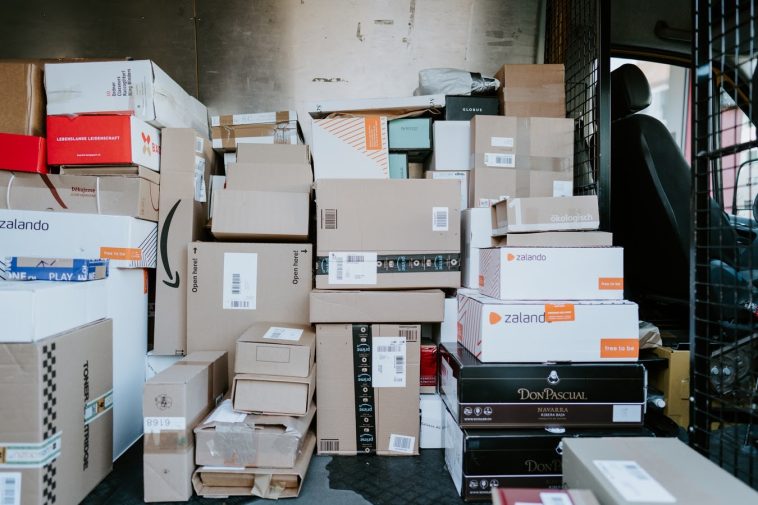Introduction.
Starting a dropshipping business can seem pretty overwhelming, especially when you’re not sure where to begin.
But if you’re thinking about using Shopify, you’ve already got one foot in the door. Shopify has become one of the go-to platforms for e-commerce entrepreneurs because it’s easy to set up, has tons of useful tools, and supports dropshipping like a pro.
So if you’re asking yourself, “How do I start dropshipping from scratch with Shopify?” you’re in the right place.
In this guide, I’ll walk you through the entire process—from setting up a Shopify store to getting your first sale, and everything in between.
How Do I Start Dropshipping From Scratch With Shopify?
Dropshipping is a great way to get into e-commerce without the hassle of managing inventory. In dropshipping, you don’t stock products yourself; instead, you partner with a supplier who ships the products directly to your customers.
It’s a low-risk business model since you only pay for products after you make a sale. Shopify makes this process even easier by offering seamless integration with various dropshipping apps.
Here’s a breakdown of the steps you’ll need to get started.
1. Choose Your Niche.
The first step in setting up your dropshipping business is deciding what products to sell. Your niche is the specific category or market you’re targeting.
Picking the right one is critical to your success. The key here is to focus on something you’re either passionate about or a category that has consistent demand.
Try researching trending products using tools like Google Trends, or visit platforms like AliExpress to see what’s hot.
Think about what will resonate with your target audience but avoid highly saturated markets unless you have a unique angle.
2. Set Up Your Shopify Account.
Once you’ve got your niche, it’s time to create your Shopify account. Shopify offers a 14-day free trial, so you can take your time setting up your store without any upfront commitment.
Here’s a quick run-through of what to do:
- Head over to Shopify’s website and sign up.
- Enter your store name (make it catchy but related to your niche).
- Choose a pricing plan that fits your budget once the trial ends.
3. Install a Dropshipping App.
Now, you’ll need to connect your Shopify store to a dropshipping supplier. One of the most popular options is Oberlo, which was developed by Shopify specifically for dropshipping.
Other alternatives like DSers (which integrates with AliExpress), Spocket, or Modalyst also provide a wide range of products.
Once you install the app, you can start browsing products directly within Shopify and add them to your store with just a few clicks.
4. Design Your Store.
Here’s where things get a little creative. Shopify makes it easy to design your store, even if you’re not tech-savvy. You can choose from free or paid themes and customize them according to your brand’s vibe.
A few tips to keep in mind:
- Keep it simple: Avoid clutter and flashy designs that may confuse customers.
- Mobile-first design: Over 50% of online shopping is done via mobile, so make sure your store looks great on smartphones.
- Trust elements: Add customer reviews, trust badges, and clear return policies to build trust.
5. Add Payment Methods and Set Shipping Rates.
Shopify integrates with many payment gateways, including PayPal and Stripe. Make sure you choose options that are widely used and trustworthy.
For shipping, your dropshipping supplier typically sets the shipping rate, but Shopify allows you to add options like free shipping or flat-rate shipping if you want.
6. Launch and Market Your Store.
Once your store is set up and ready to go, it’s time to bring in some traffic. Social media platforms like Facebook, Instagram, and TikTok can be a great way to promote your products. Paid advertising, influencer marketing, and even SEO are all options to explore.
Shopify also has marketing tools to help you get started, including discount codes, email campaigns, and abandoned cart reminders.
Pros and Cons of Shopify Dropshipping
Before diving headfirst, it’s important to weigh the benefits and potential downsides. Here are some pros and cons of starting a Shopify dropshipping business.
Pros:
- Low Startup Costs: You don’t need to buy inventory upfront, making it an affordable business model.
- No Inventory Management: You don’t have to deal with the headaches of warehousing, packing, or shipping products. Your supplier handles it all.
- Wide Selection of Apps: Shopify’s app store has hundreds of apps designed to make dropshipping easier—from finding products to automating order fulfilment.
- Easy to Use: Shopify is designed to be user-friendly. Even if you’re not tech-savvy, you can set up your store relatively quickly.
- Scalable: As your business grows, you can easily scale by adding more products or suppliers. Shopify can handle it.
Cons:
- Lower Margins: Since you don’t buy in bulk, the profit margins are usually slimmer than traditional e-commerce stores.
- Dependence on Suppliers: You rely on your supplier for shipping and product quality, so if they mess up, it reflects on your business.
- Competition: Dropshipping is competitive. It’s easy for others to copy your products or marketing strategy, making it harder to stand out.
- Shipping Times: Depending on the supplier, shipping can take weeks, especially if products are coming from overseas, which may frustrate customers.
Conclusion.
Starting a dropshipping business with Shopify can be a great way to enter the e-commerce world without breaking the bank.
With minimal upfront costs and easy-to-use tools, Shopify provides a strong foundation for new entrepreneurs.
That being said, it’s important to understand that dropshipping isn’t a get-rich-quick scheme. Success takes time, careful planning, and consistent effort.
By following the steps outlined here—picking the right niche, setting up your Shopify store, choosing the right suppliers, and marketing your products—you’ll be well on your way to building a successful dropshipping business.
Just make sure to keep an eye on your margins, maintain great customer service, and adapt as you learn.
Remember, patience and persistence are key!





GIPHY App Key not set. Please check settings